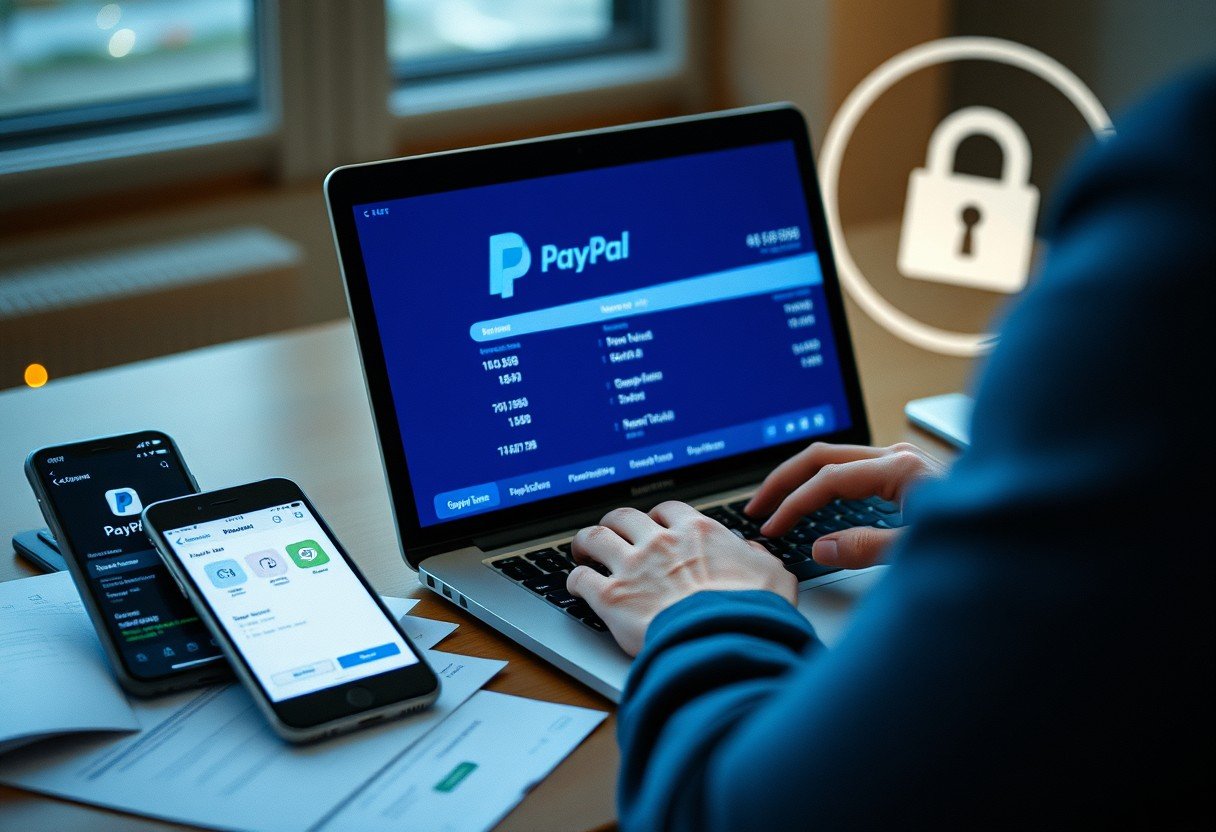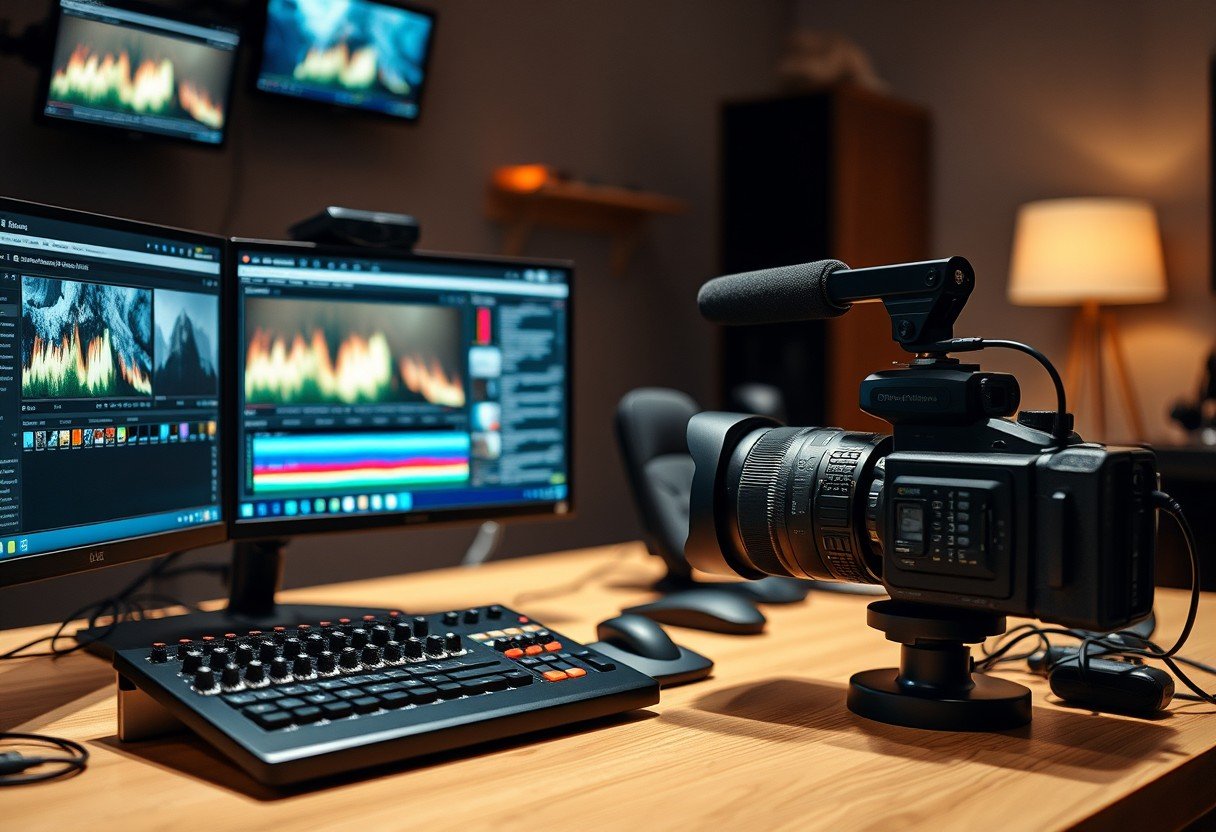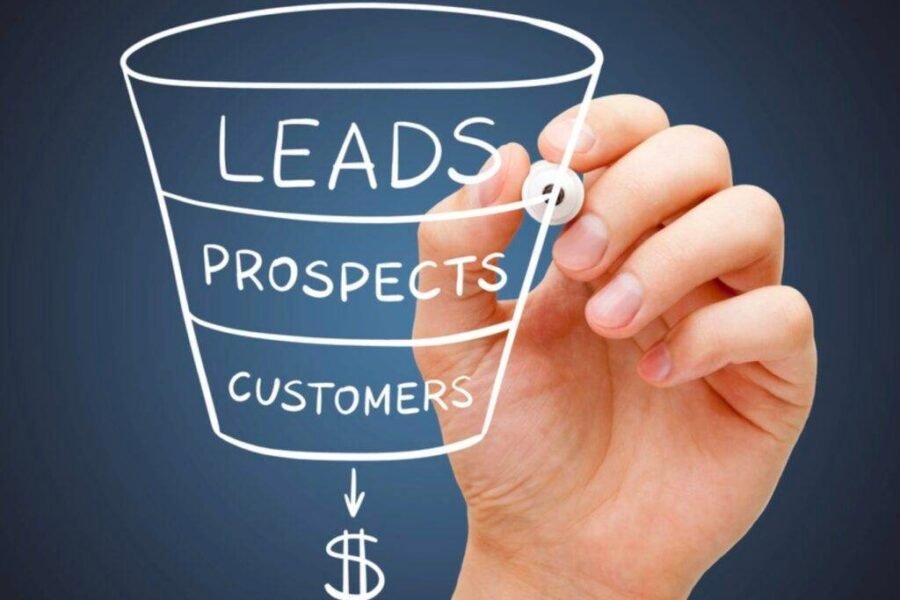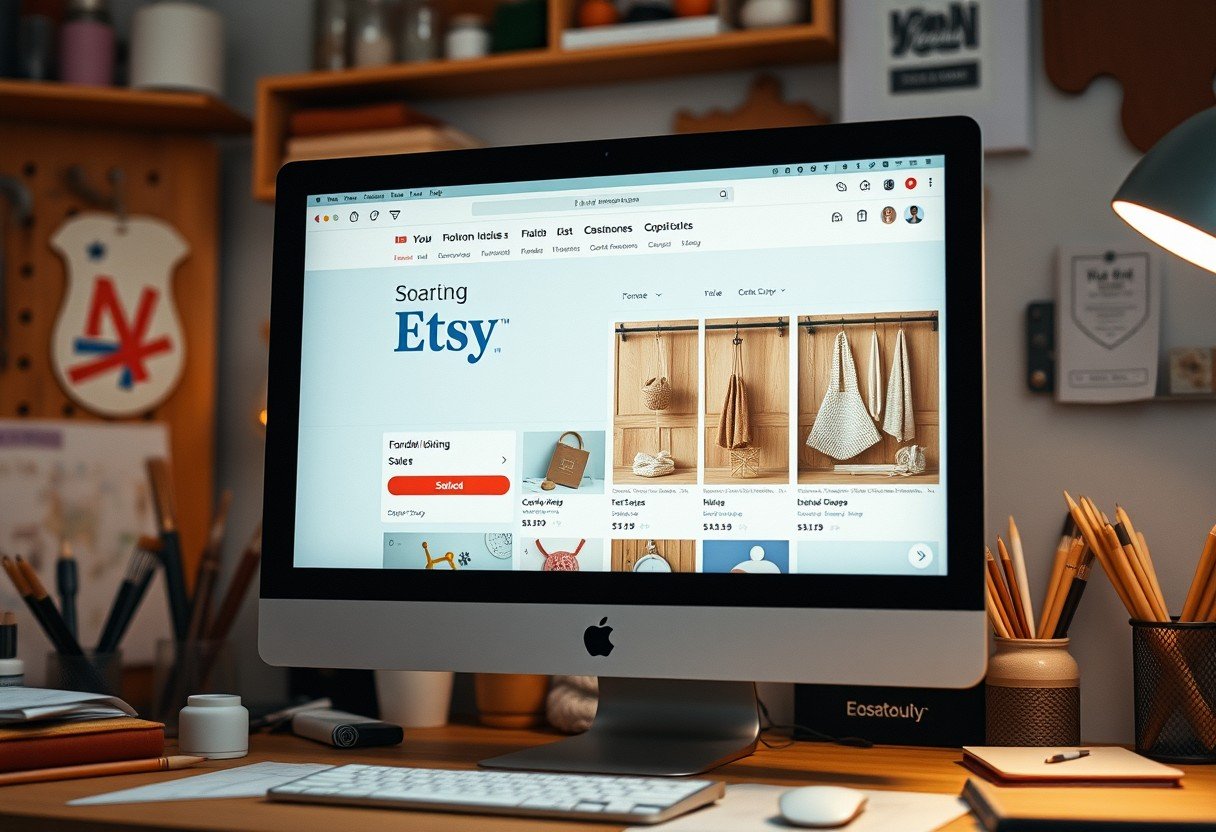Advertisers running direct response campaigns in Google Ads and Meta Ads often ask which bidding option wins, where it fits, how to set it up, and why it impacts revenue. This guide explains what works, who should use each method, when to switch, and how to measure results. You will learn clear steps to choose the right bid strategy for your goals.
What Direct Response Marketing Really Needs
Direct response aims for an immediate action like a purchase, lead, trial, or app install. The bidding method should match that action, not just clicks or views. The best strategy aligns cost with conversions so every dollar pushes toward measurable results.
Clear tracking is the foundation. Set one primary conversion event and make sure the platform records it reliably. Without this, any smart bidding will struggle to optimize.
Decide your success metric before launch. Common choices are target cost per acquisition, target return on ad spend, or total conversions at a fixed budget. This clarity shapes every other setting you make.
How Bidding Models Work in Google Ads and Meta Ads
Smart Bidding in Google Ads and conversion optimization in Meta use machine learning at auction time. They look at signals like device, location, time of day, audience lists, previous site actions, and creative. Google Ads Help and Meta Business Help Center document these signals and explain how systems learn.
These systems need stable conversion data to improve, and they enter a learning phase when you make big changes. Expect volatility during learning. Give the algorithm time with steady budgets and consistent goals.
CPC gives control of bids per click, while CPA, Maximize Conversions, and Target ROAS let the system adjust in real time to chase your outcome. Pick based on your data volume and the value of each action.
When CPC Makes Sense for Direct Response
CPC is useful when you are building traffic, testing new offers, or your conversion tracking is not ready. You can protect cost by capping bids, and you can learn fast which queries and audiences respond. Use CPC when you need cheap learning, not final efficiency.
- Use CPC to test keywords, audiences, and creatives before scaling.
- Shift from CPC to CPA or Maximize Conversions once tracking is stable.
- Keep tight negative keywords and audience exclusions to avoid waste.
Watch conversion rate and cost per lead closely. If clicks rise but actions stall, refine targeting and landing pages before adding more budget. Move to automated bidding when your data becomes consistent.
In Meta Ads, a similar path is traffic optimization first, then switch to conversions with a defined event like Complete Registration or Purchase once the pixel fires cleanly.
Why CPA and Maximize Conversions Drive Better Results
For most direct response goals, CPA or Maximize Conversions is the right move once your tracking is proven. Paying for or optimizing toward a completed action aligns spend with outcomes and reduces wasted clicks. It is the closest match to how you measure success.
Maximize Conversions will try to get as many conversions as possible for your budget. Target CPA adds a cost guardrail so the system hunts for conversions near your target. Both rely on clean, recent conversion data.
Google documents that Smart Bidding uses auction time signals across device, browser, location, language, time, remarketing lists, and more. Meta documents similar signals through its Conversions objective. These signals help the system find high intent users you might miss with manual bidding.
| Bidding Option | Optimizes For | Best Use | Data Needed | Watchouts |
|---|---|---|---|---|
| CPC | Clicks | Early tests, low data, control | None beyond clicks | High traffic without conversions |
| Maximize Conversions | Total conversions | Scale actions at fixed budget | Consistent conversion tracking | CPA may float without guardrails |
| Target CPA | Cost per action | Leads or signups at set cost | Reliable conversion signals | Too low targets can throttle volume |
| Target ROAS | Revenue efficiency | Ecommerce with value tracking | Accurate purchase values | Under reporting hurts bid choices |
Using Target ROAS for Revenue Focused Campaigns
Target ROAS is best when every conversion has a value, like ecommerce purchases. You pass transaction value through tags, and the system bids more on users likely to spend more. When value is tracked, Target ROAS can grow revenue at the same or lower spend.
Make sure your value data is correct and matches the final checkout amount. Bad or delayed values cause poor bidding choices. If value varies widely by product, split campaigns so the algorithm sees clean patterns.
If your catalog is small or purchases are rare, start with Maximize Conversions or Target CPA, then move to Target ROAS once you see steady value signals. Keep budgets steady during learning to prevent swings.
Step By Step Setup for CPA and Conversion Tracking
Good setup beats guesswork. Follow a simple process so your platform can learn fast and spend well. A clean conversion signal is the number one driver of better CPA.
- Define one primary conversion that maps to your goal, like Purchase or Qualified Lead.
- Install and verify tags or pixel with a tag manager, then test events in real time.
- Deduplicate events across web and app so each action is counted only once.
- Choose Maximize Conversions for 1 to 2 weeks to gather stable data.
- Switch to Target CPA with a realistic target based on recent results.
In Google Ads, use Enhanced Conversions or server side tagging when possible to improve match rates. In Meta, verify domain and configure Aggregated Event Measurement so high priority events are eligible for optimization.
Avoid changing goals, budgets, and creatives all at once. Make one change, wait for learning to settle, then move to the next change. This keeps performance trends clear.
Measuring Success and Optimizing Over Time
Set a review rhythm. Weekly checks help you spot drift in CPA, conversion rate, and spend. Judge changes over a full learning window so you do not react to noise.
Look at queries, placements, and audience segments. Pause low intent traffic and shift budget to high intent terms or lookalike groups. Small, steady edits help the system keep learning.
For Target ROAS, track revenue, average order value, and new customer rate. If volume drops, relax the ROAS target slightly to regain scale, then tighten again when stable. Always align targets with profit, not just ad efficiency.
Common Mistakes and How to Fix Them
Many teams launch CPA with broken or duplicate conversions, then blame the bid strategy. Fix tracking first, then evaluate. If the data is wrong, the bids will be wrong.
Another mistake is setting targets that are too aggressive on day one. Start close to recent performance, then improve in small steps. Big jumps cause the system to bid too little and lose auctions.
Do not mix many goals in one campaign. Keep one main event and one optimization goal per campaign. Segment by value, funnel stage, or geography so each campaign has a clear signal.
FAQ
What is the best bidding option for direct response?
Start with Maximize Conversions to collect clean data, then move to Target CPA for cost control. If you track revenue accurately, use Target ROAS to align spend with profit. CPC is a good test bed before switching.
When should I choose CPA over Maximize Conversions?
Choose CPA when you need a stable cost per lead or sale. Use Maximize Conversions first to build signal, then set a CPA near your recent average so volume does not drop.
How many conversions do I need before using automated bidding?
Automated bidding improves with steady conversion volume. Aim for a consistent stream of daily conversions so learning can stabilize. If volume is low, keep testing with CPC or Maximize Conversions until data improves.
What if my CPA is too high after switching?
Raise your target CPA slightly, expand high intent keywords or audiences, and improve landing page speed and clarity. Give the system time to relearn after each change before judging results.
Does CPC still work for lead generation?
Yes, CPC works well for discovery and early testing. Once tracking is stable and you know which traffic converts, switch to CPA or Maximize Conversions to scale actions at better cost.
How long does the learning phase take?
Learning depends on conversion volume and change size. Expect performance swings while the system tests bids and placements. Keep budgets steady and avoid frequent edits to shorten the learning period.









Leave a Comment